Home>Articles>How Much Electricity Does An Electric Fireplace Use
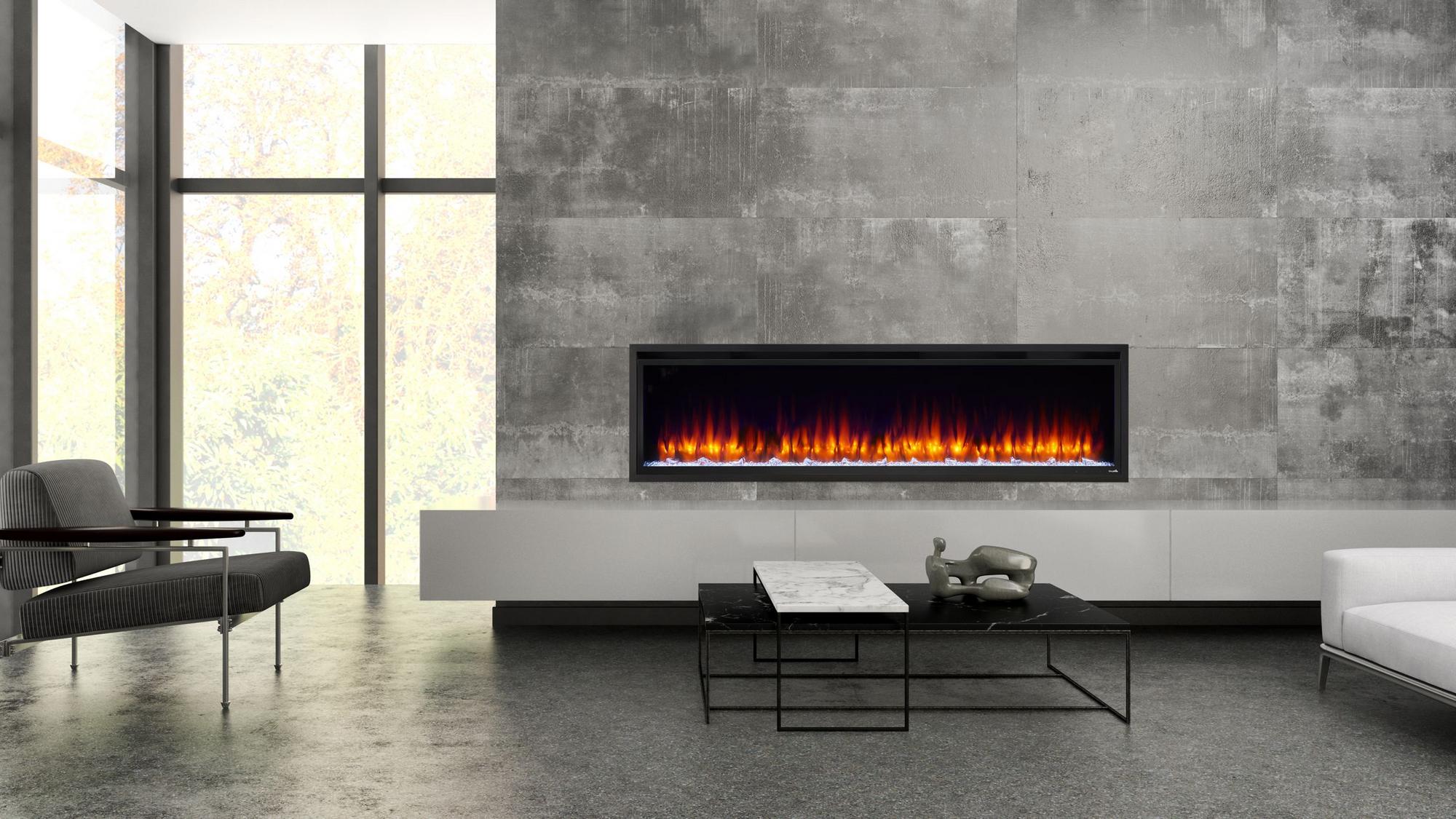

Articles
How Much Electricity Does An Electric Fireplace Use
Modified: August 22, 2024
Discover how much electricity an electric fireplace uses in this informative article. Find out the energy consumption and cost of operating an electric fireplace.
(Many of the links in this article redirect to a specific reviewed product. Your purchase of these products through affiliate links helps to generate commission for Storables.com, at no extra cost. Learn more)
Introduction
Electric fireplaces have become a popular choice for homeowners seeking to add warmth and ambiance to their living spaces. With their realistic flames and convenient operation, electric fireplaces offer a hassle-free alternative to traditional wood-burning fireplaces. However, one common concern among potential buyers is the electricity consumption of these devices. In this article, we will delve into the factors that affect the electricity usage of electric fireplaces and provide tips for reducing energy consumption.
Before we explore the electricity consumption of electric fireplaces, let’s take a moment to understand how they work. Unlike wood or gas fireplaces, electric fireplaces do not produce real flames or emit harmful gases. Instead, they use advanced technology to create the appearance of a burning fire. LED lights and mirrors are employed to mimic the movement and intensity of flames, creating a realistic and mesmerizing effect.
Electric fireplaces are designed to be energy-efficient and environmentally friendly. They offer the convenience of instant heat and can be easily controlled with a remote or a control panel. Another advantage of electric fireplaces is that they do not require professional installation or expensive chimney maintenance. They can be installed in any room, even in apartments or homes without a chimney or venting system.
Now that we have a basic understanding of electric fireplaces, let’s explore the factors that can influence their electricity consumption. One of the primary factors is the size and wattage of the electric fireplace. Larger models with higher wattage tend to consume more electricity compared to smaller units. Additionally, the heating settings and flame intensity chosen by the user can impact the electricity usage.
Another factor to consider is the insulation of the room where the electric fireplace is being used. If the room is poorly insulated, the fireplace may need to work harder to maintain the desired temperature, leading to higher electricity consumption. Additionally, the ambient temperature of the room and the outdoor climate can also affect the fireplace’s energy usage.
Aside from these factors, the frequency and duration of usage are important determinants of electricity consumption. If the electric fireplace is used continuously for extended periods, it will naturally consume more electricity compared to occasional usage. It’s worth noting that some electric fireplaces come with energy-saving features, such as timers and thermostats, which can help regulate usage and reduce electricity consumption.
As a homeowner, it’s essential to have an understanding of the average electricity usage of electric fireplaces. This knowledge can give you a better idea of the potential impact on your electricity bills. In the next section, we will discuss the average electricity usage of electric fireplaces and how to calculate the cost of using them.
Key Takeaways:
- Electric fireplaces offer energy-efficient and convenient heating options, but factors like size, wattage, and usage patterns can impact electricity consumption.
- Understanding the average electricity usage of electric fireplaces and implementing energy-saving tips can help reduce energy costs and minimize environmental impact.
Read more: How Much Propane Does A Fireplace Use
Understanding Electric Fireplaces
Electric fireplaces have gained popularity due to their convenience, aesthetics, and energy efficiency. Understanding the components and features of electric fireplaces can help you make an informed decision when considering purchasing one for your home.
Electric fireplaces consist of several key components, including the heater, flame effect, and control panel. The heater is responsible for generating heat and can be adjusted to different temperature settings. The flame effect is created using LED lights, mirrors, and realistic logs or embers to simulate the appearance of a traditional fireplace. The control panel allows you to adjust the heat settings, flame intensity, and other features.
One of the benefits of electric fireplaces is their versatility. They come in various designs, including freestanding units, wall-mounted models, and fireplace inserts that can be installed into existing fireplaces. This flexibility allows homeowners to choose a style that suits their preference and fits seamlessly into their living space.
When it comes to the flame effect, modern electric fireplaces offer a wide range of customization options. You can adjust the brightness, speed, and color of the flames to create the desired ambiance. Some models even come with additional features like crackling sounds or built-in media centers for a more immersive experience.
In terms of energy efficiency, electric fireplaces are considered a greener alternative to traditional wood-burning fireplaces. They do not produce any harmful emissions such as carbon monoxide or particulate matter, making them safer for indoor use. Additionally, electric fireplaces operate independently of your home’s heating system, allowing you to heat specific areas of your house without wasting energy on unused spaces.
Electric fireplaces also offer the advantage of instant heat. Unlike wood-burning fireplaces that require time and effort to ignite and produce heat, electric fireplaces provide warmth at the touch of a button. This not only eliminates the need for firewood or gas but also allows for quick and convenient heat whenever it’s needed.
Furthermore, electric fireplaces are relatively low-maintenance compared to their traditional counterparts. There are no ashes to clean, chimneys to sweep, or gas lines to maintain. Regular dusting and occasional cleaning of the glass screen are typically all that’s required to keep the fireplace in optimal condition.
Lastly, electric fireplaces are safe and child-friendly. Unlike wood-burning fireplaces, there is no risk of sparks, ashes, or accidental burns. The outer casing of electric fireplaces remains cool to the touch, making them a safer choice for households with young children or pets.
Now that we have a better understanding of electric fireplaces and their features, let’s explore the factors that can affect their electricity consumption in the next section.
Factors Affecting Electricity Consumption
Several factors can influence the electricity consumption of electric fireplaces. Understanding these factors can help you make informed decisions about using your fireplace efficiently and minimizing energy costs.
1. Size and Wattage: The size and wattage of an electric fireplace play a significant role in determining its electricity consumption. Larger fireplaces with higher wattage heaters will generally consume more electricity. It’s important to choose a fireplace size that suits your space without unnecessarily increasing energy usage.
2. Heating Settings: The heat settings you select on your electric fireplace will impact its electricity usage. Higher heat settings will require more energy to generate and maintain the desired temperature. Consider adjusting the heat settings based on the room’s size, insulation, and your comfort needs to optimize energy efficiency.
3. Flame Intensity: Electric fireplaces offer customizable flame intensity options. Higher flame settings generally consume more electricity as they require more LED lights to simulate a vibrant flame effect. Adjust the flame intensity to your preference while keeping energy consumption in mind.
4. Insulation: The insulation of your room plays a significant role in energy consumption. Well-insulated rooms are more efficient at retaining heat, allowing your electric fireplace to work more effectively. Consider improving the insulation of your room by sealing drafts, using weatherstrips, or adding additional insulation to reduce heat loss.
5. Ambient Temperature: The ambient temperature of the room affects how often and how long your electric fireplace needs to run to maintain a comfortable environment. During colder months, the fireplace may consume more electricity to compensate for the temperature difference. It’s important to find a balance between comfort and energy efficiency.
6. Outdoor Climate: The climate in your geographic region can also impact your electric fireplace’s electricity consumption. In colder climates, where the outdoor temperature is consistently lower, the fireplace may need to work harder and consume more energy to heat your space. Keep this in mind when managing energy usage.
7. Usage Patterns: The frequency and duration of using your electric fireplace will affect its overall electricity consumption. If you use the fireplace for extended periods or leave it on when not needed, it will naturally consume more energy. Consider using timers or programmable settings to control usage and reduce unnecessary energy consumption.
8. Energy-Saving Features: Some electric fireplaces come with built-in energy-saving features like timers, thermostats, and eco-mode settings. These features can help regulate usage, automatically adjust heat levels, or even switch off the fireplace when the desired temperature is reached. Take advantage of these features to optimize energy efficiency.
By considering these factors and making conscious choices, you can effectively manage the electricity consumption of your electric fireplace, reducing energy costs and minimizing your environmental footprint. In the next section, we will explore the average electricity usage of electric fireplaces and how to calculate the cost of using them.
Average Electricity Usage of Electric Fireplaces
Electric fireplaces are known for their energy efficiency compared to other heating options, such as wood-burning fireplaces or space heaters. The average electricity usage of electric fireplaces can vary depending on several factors, including the size, wattage, heating settings, and usage patterns.
On average, a small electric fireplace with a wattage of around 750 to 1500 watts can consume approximately 1.5 to 3 kWh (kilowatt-hour) of electricity per hour of operation. This estimate takes into account both the flame effect and the heating element. The flame effect is significantly more energy-efficient than the heating function alone, which means that using the fireplace without the heater will consume less electricity.
For larger electric fireplaces, with wattages ranging from 1500 to 3000 watts or more, the electricity consumption will be slightly higher. These fireplaces are capable of heating larger spaces and typically have higher flame intensity settings. As a result, they may consume around 3 to 6 kWh per hour of operation.
It’s important to note that the actual electricity usage can vary depending on the specific model, features, and usage patterns. For example, if you only use the fireplace for shorter periods at lower heat settings, the electricity consumption will be lower compared to extended usage at higher heat settings.
To calculate the approximate electricity cost of using your electric fireplace, you will need to know the electricity rate charged by your utility company. The electricity rate is usually measured in kilowatt-hours (kWh) and can vary depending on your location and time of use.
You can calculate the cost by multiplying the electricity rate (in cents per kWh) by the electricity consumption of your electric fireplace (in kWh). For example, if your fireplace consumes 3 kWh per hour and the electricity rate is 15 cents per kWh, the cost of running the fireplace for one hour would be 45 cents (3 kWh x 15 cents).
Keep in mind that this calculation only provides an estimate and doesn’t take into account other factors, such as taxes or any additional fees charged by your utility company. It’s always a good idea to consult your electricity bill or contact your utility provider for more accurate pricing information.
By understanding the average electricity usage of electric fireplaces and calculating the associated costs, you can better manage your energy consumption and make informed decisions about using your fireplace effectively and efficiently.
In the next section, we will provide some tips for reducing electricity consumption while still enjoying the warmth and ambiance of your electric fireplace.
Consider using a programmable thermostat to control the temperature of your electric fireplace, as this can help reduce energy consumption and save on electricity costs.
Calculating the Cost of Using an Electric Fireplace
As an electric fireplace owner, it’s important to have a clear understanding of the cost of operating your appliance. Calculating the cost of using an electric fireplace is relatively straightforward, requiring just a few key pieces of information.
The first piece of information you need is the electricity rate charged by your utility company. This rate is typically measured in kilowatt-hours (kWh) and can be found on your electricity bill. The electricity rate can vary based on factors such as your location and time of use. It’s important to use the most accurate rate for an accurate cost calculation.
The second piece of information you need is the electricity consumption of your electric fireplace. This can be measured in kilowatts (kW) or kilowatt-hours (kWh). The consumption rate is typically provided in the specifications or user manual of your fireplace. If you cannot find this information, you can estimate it by multiplying the wattage of your fireplace by the average number of hours it runs per day.
Once you have these two pieces of information, you can calculate the cost of using your electric fireplace by following these steps:
- Convert the electricity consumption of your electric fireplace from kilowatts (kW) to kilowatt-hours (kWh) by multiplying it by the number of hours you plan to use the fireplace. For example, if your fireplace has a consumption rate of 1.5 kW and you plan to use it for 4 hours, the electricity consumption would be 6 kWh (1.5 kW x 4 h).
- Multiply the electricity consumption (in kWh) by the electricity rate (in cents per kWh) to calculate the cost. For example, if your electricity rate is $0.15 per kWh, the cost of using your fireplace for 4 hours would be $0.90 (6 kWh x $0.15).
It’s important to note that this calculation provides an estimate and may not include additional fees, taxes, or seasonal variations in electricity rates. To get a more accurate cost estimate, consult your electricity bill or contact your utility provider.
Calculating the cost of using an electric fireplace can help you manage your energy consumption and budget effectively. It also allows you to compare the cost of using an electric fireplace with other heating options, such as traditional wood-burning fireplaces, gas heaters, or central heating systems.
By being aware of the cost, you can make informed decisions about when and how long to use your electric fireplace, ensuring both comfort and efficiency. In the next section, we will provide some tips for reducing electricity consumption while still enjoying the warmth and ambiance of your electric fireplace.
Read more: How Much Gas Does Fireplace Use
Tips for Reducing Electricity Consumption
While electric fireplaces are generally energy-efficient, there are several steps you can take to further reduce their electricity consumption. Implementing these tips will not only help you save on energy costs but also contribute to a more sustainable lifestyle.
- Optimize Heating Settings: Adjust the heat settings on your electric fireplace to match your comfort needs. Lower heat settings will consume less energy, so avoid setting the fireplace higher than necessary.
- Use Flame Effect Alone: If you’re looking to create ambiance without needing the extra heat, consider using the flame effect alone. This uses significantly less electricity since it doesn’t activate the heating element.
- Time Your Usage: Utilize timers or programmable settings to schedule when your electric fireplace turns on and off. This way, you can ensure that it’s only operating when needed, reducing unnecessary electricity consumption.
- Improve Room Insulation: Enhance the insulation of the room where your electric fireplace is installed. Proper insulation minimizes heat loss and enables the fireplace to work more efficiently, reducing the need for prolonged operation.
- Seal Air Leaks: Identify and seal any air leaks around windows, doors, and other openings in the room. This prevents drafts and keeps the heat generated by the fireplace from escaping, maximizing its effectiveness and minimizing energy wastage.
- Supplement with Other Heat Sources: Use your electric fireplace as a supplemental heat source, rather than relying solely on it to warm your entire home. Utilize other heating options, such as central heating or space heaters, to distribute heat more evenly throughout your space and lower overall electricity consumption.
- Utilize Ceiling Fans: Use ceiling fans to help circulate warm air generated by your electric fireplace. By setting your ceiling fan to the winter or reverse mode, you can push warm air down from the ceiling, exposing more of the room to heat without relying solely on the fireplace.
- Maintain Proper Fireplace Care: Keep your electric fireplace clean and well-maintained to ensure efficient operation. Dust the unit regularly and clean the glass screen to maximize the visual appeal and performance of your fireplace.
- Consider Energy-Saving Models: If you’re in the market for a new electric fireplace, look for models with energy-saving features such as programmable thermostats, timers, or eco-mode settings. These features enhance energy efficiency and can help reduce overall electricity consumption.
- Be Mindful of Usage: Use your electric fireplace selectively and mindfully. Avoid leaving it on when the room is unoccupied and turn it off when it’s no longer needed. Conserving usage time helps minimize electricity consumption.
By incorporating these energy-saving tips into your electric fireplace usage, you can significantly reduce your electricity consumption. Not only will this have a positive impact on your energy bills, but it will also contribute to a greener and more sustainable lifestyle.
Remember, while enjoying the warmth and ambiance of your electric fireplace, it’s essential to be mindful of energy usage and strive for efficiency. In the following section, we will conclude our article and summarize the key points discussed.
Conclusion
Electric fireplaces provide a convenient and energy-efficient heating option for homeowners, offering the warmth and ambiance of a traditional fireplace without the drawbacks. Understanding the factors that affect electricity consumption and implementing energy-saving practices can further enhance the efficiency of your electric fireplace.
We explored the various components and features of electric fireplaces, highlighting their versatility, safety, and low-maintenance advantages. Additionally, we discussed the factors that impact the electricity usage of electric fireplaces, such as size, wattage, heating settings, insulation, ambient temperature, outdoor climate, and usage patterns.
Calculating the cost of using an electric fireplace allows you to make informed decisions about your energy consumption and manage your budget effectively. By considering the electricity rate and consumption of your specific fireplace, you can estimate the cost per hour or per usage cycle, aiding in overall cost management.
We also provided valuable tips for reducing electricity consumption while still enjoying the warmth and ambiance of your electric fireplace. Optimal heat settings, using the flame effect alone, timing usage, improving room insulation, sealing air leaks, and utilizing supplemental heat sources were among the suggestions offered to enhance energy efficiency.
It’s important to be mindful of your electric fireplace usage, utilize energy-saving features, and make conscious choices to minimize electricity consumption. By incorporating these practices, you can enjoy the comfort and beauty of your electric fireplace while reducing your environmental footprint and saving on energy costs.
In conclusion, electric fireplaces offer a practical and eco-friendly solution for adding warmth and ambiance to your home. With careful consideration of electricity consumption factors and implementation of energy-saving strategies, you can fully maximize the benefits of your electric fireplace. Stay cozy, energy-efficient, and environmentally conscious as you enjoy the comfort it brings to your living space.
Frequently Asked Questions about How Much Electricity Does An Electric Fireplace Use
Was this page helpful?
At Storables.com, we guarantee accurate and reliable information. Our content, validated by Expert Board Contributors, is crafted following stringent Editorial Policies. We're committed to providing you with well-researched, expert-backed insights for all your informational needs.
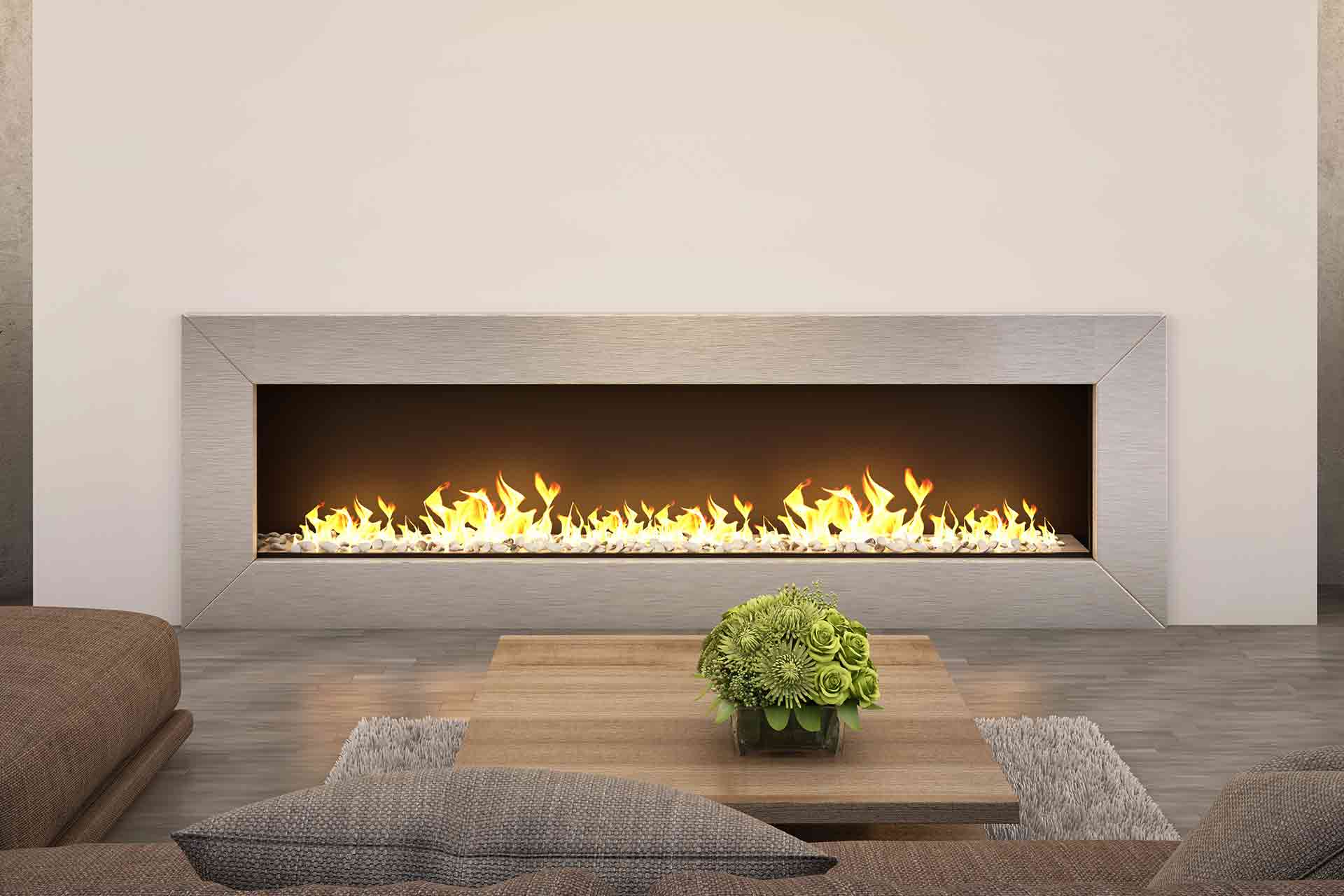
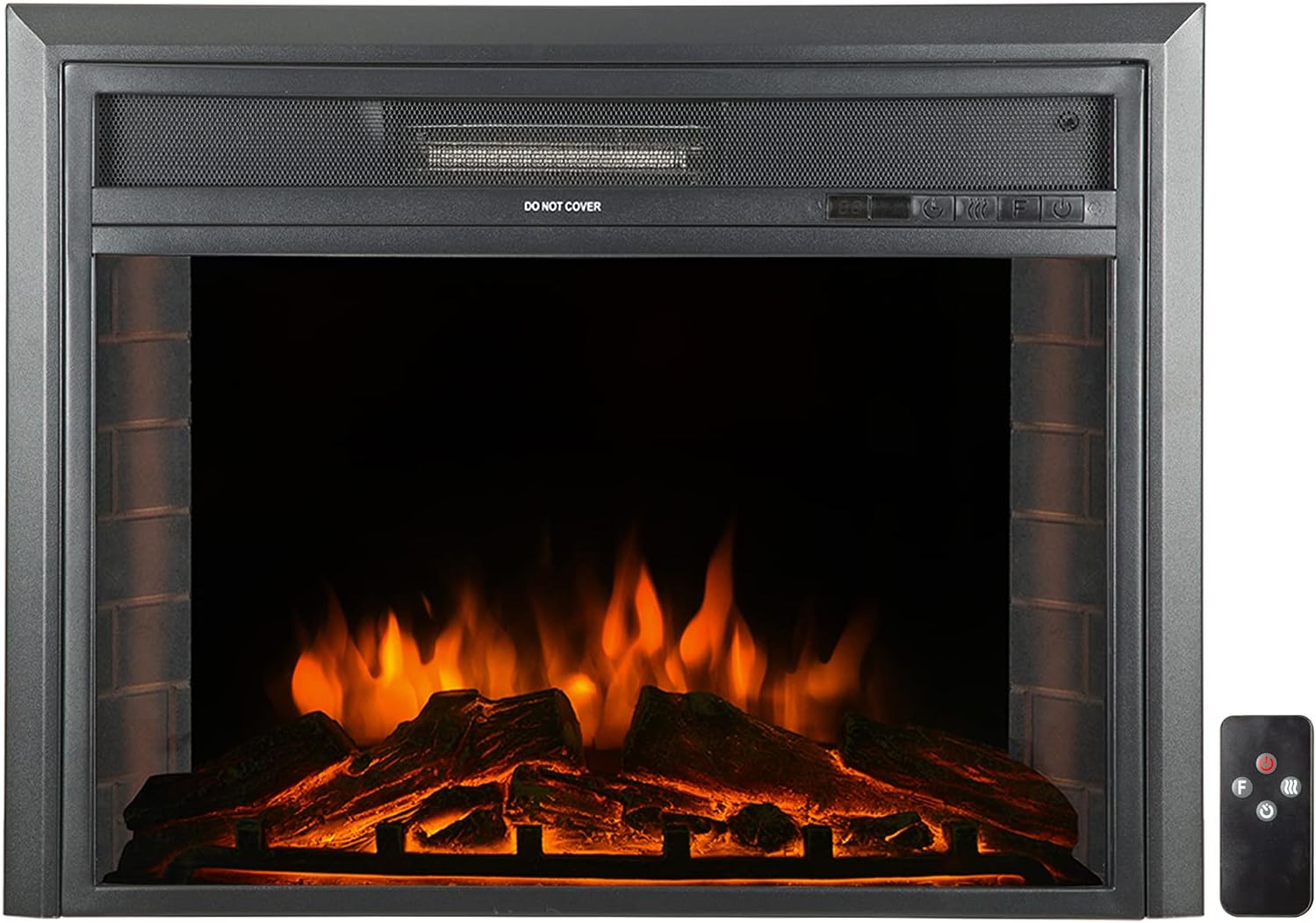
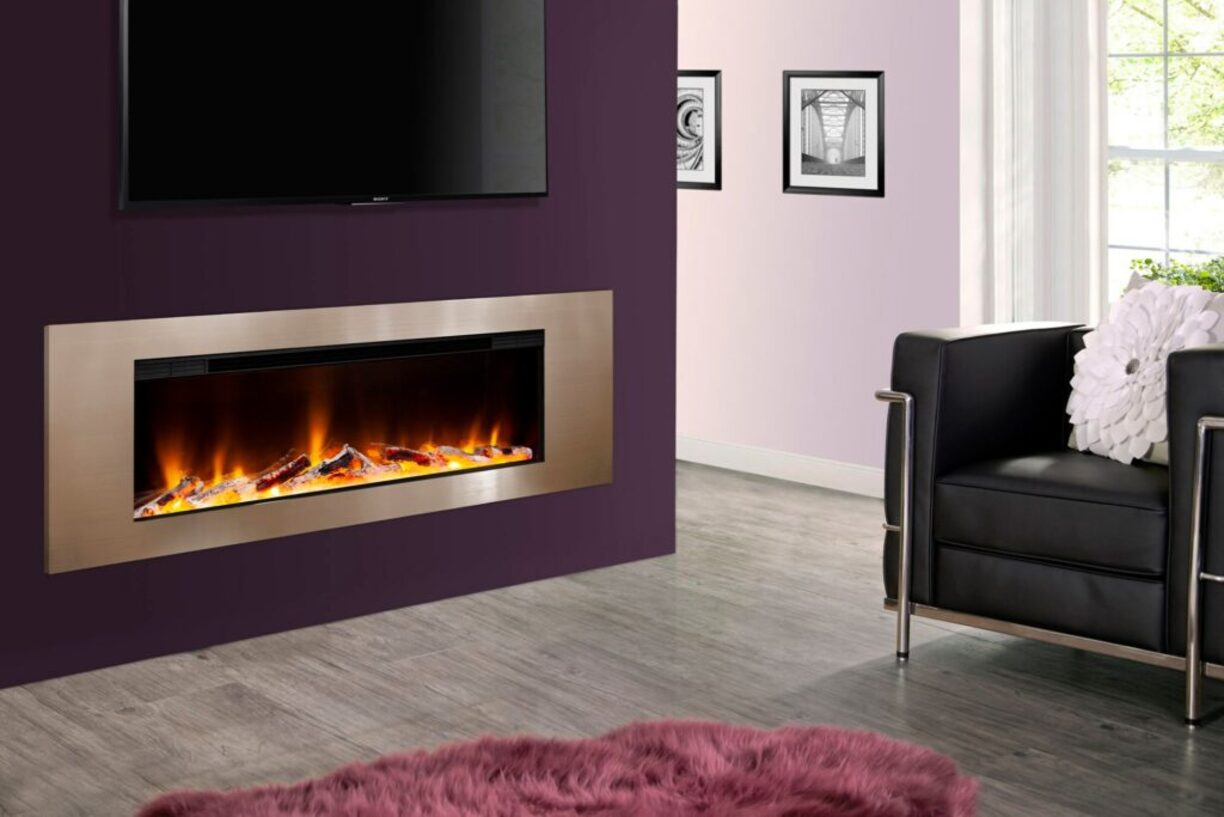
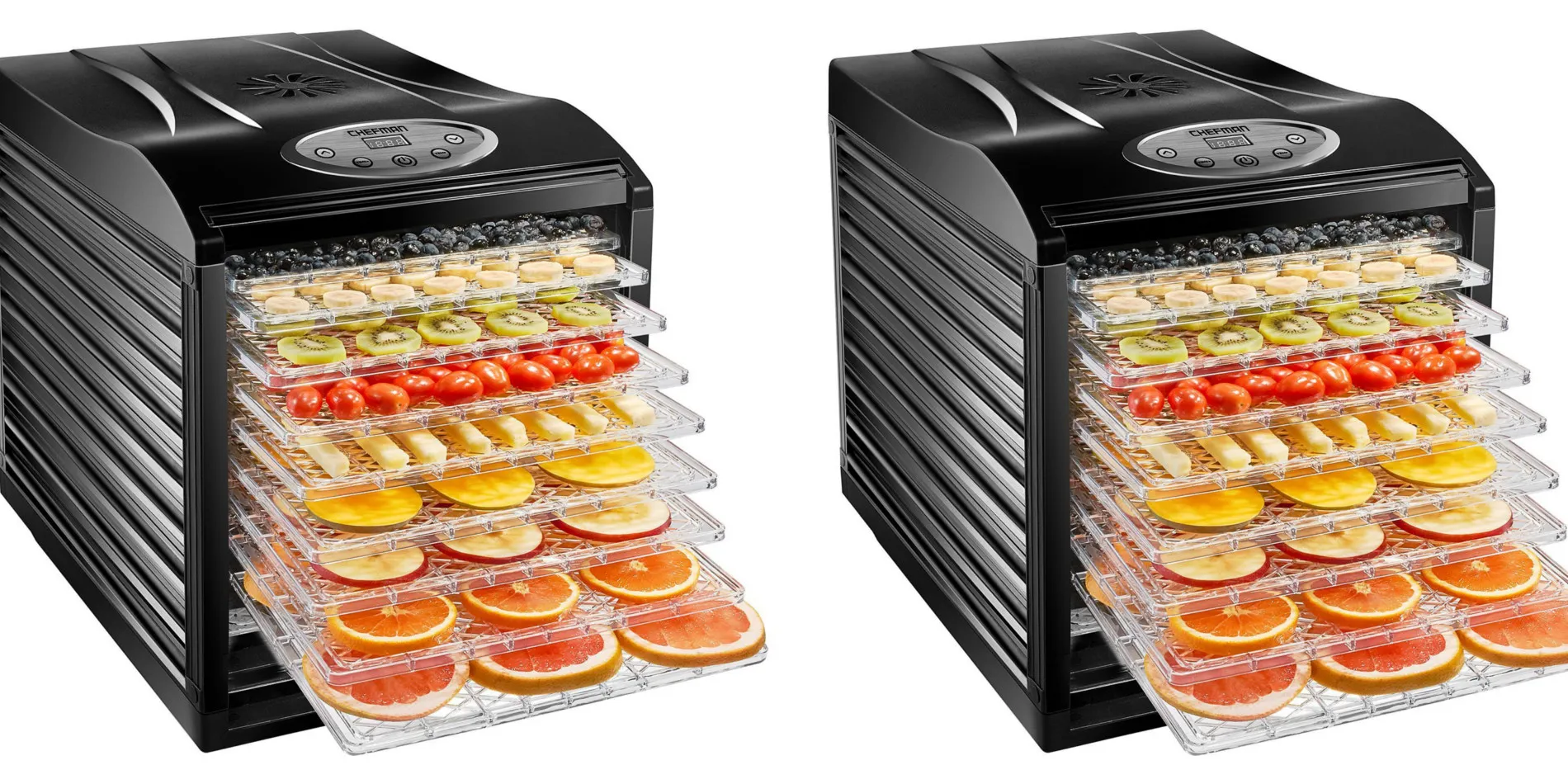
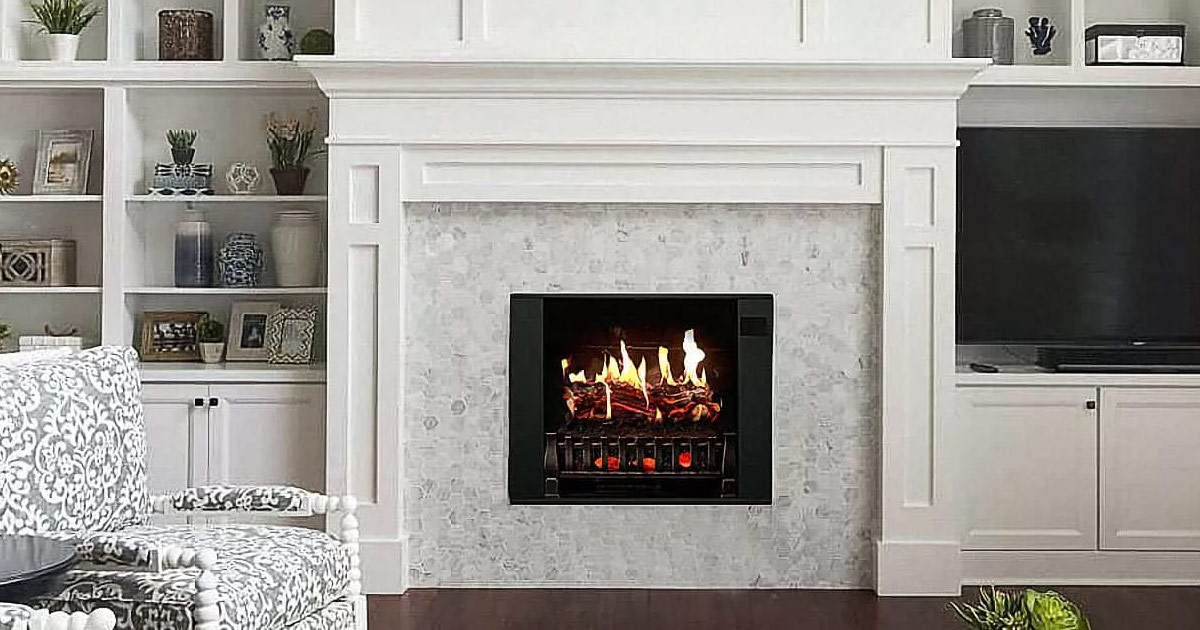
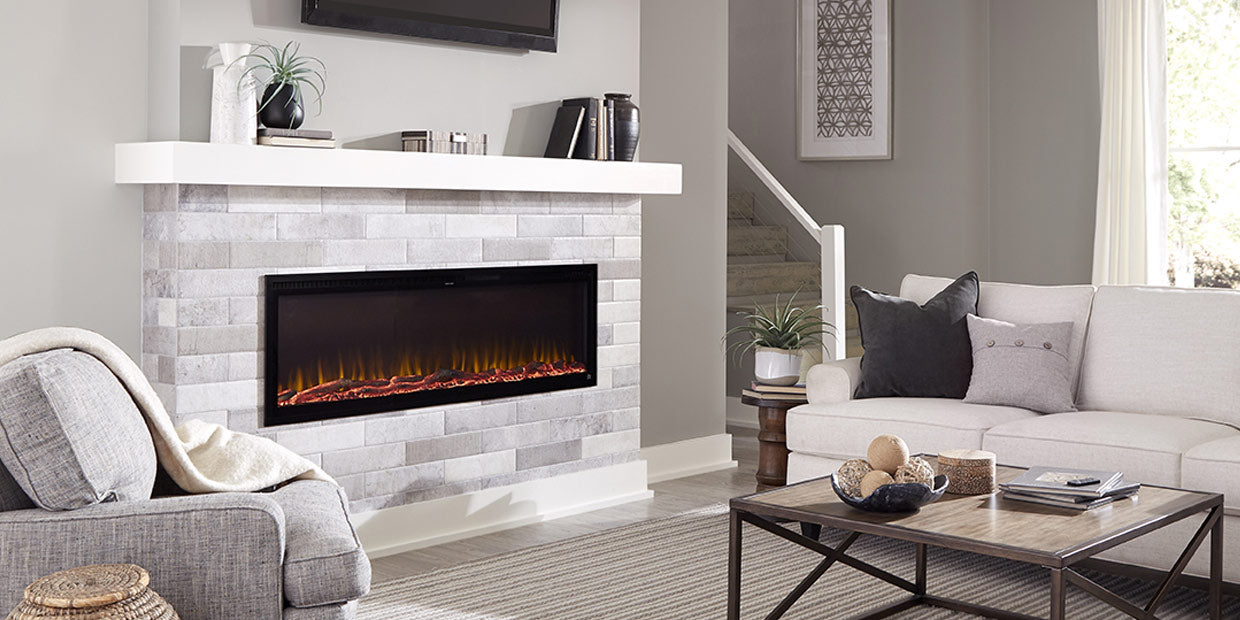

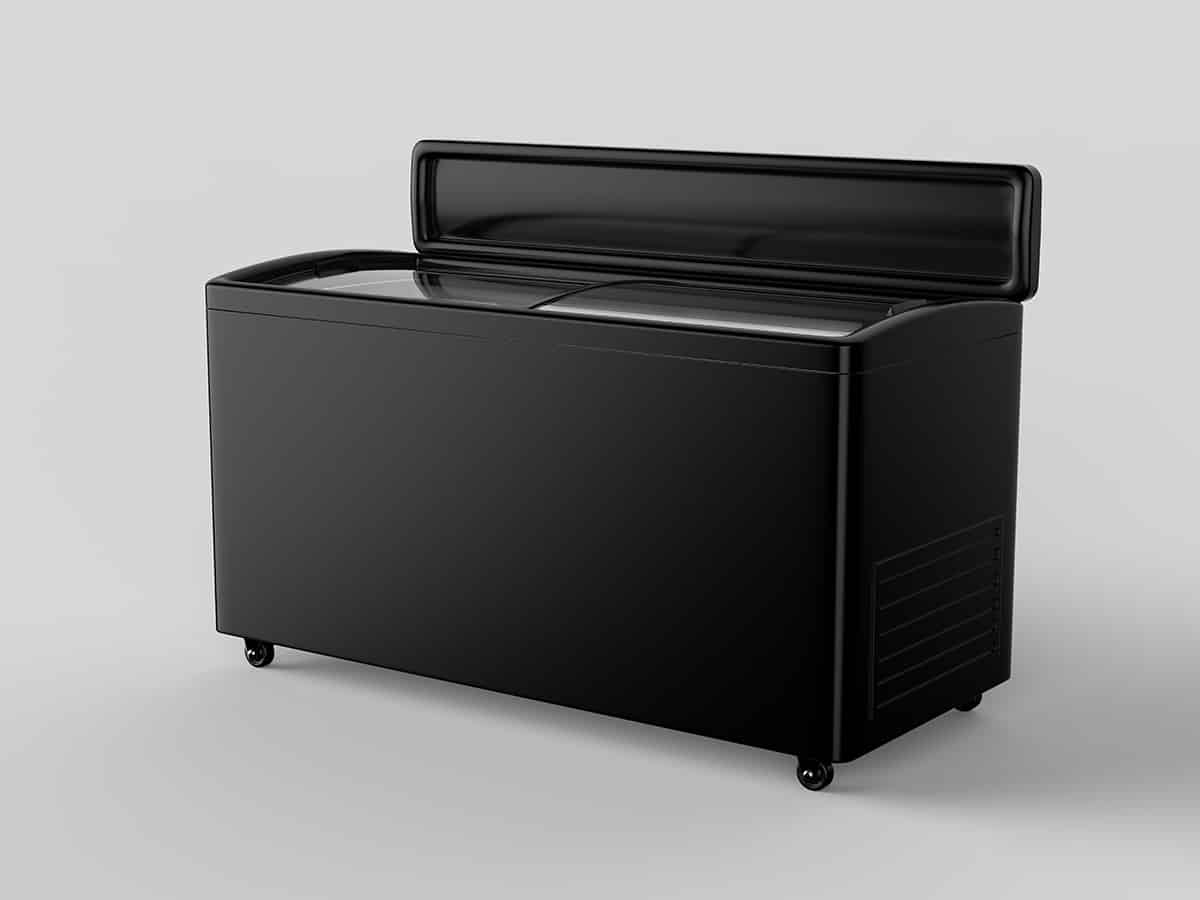
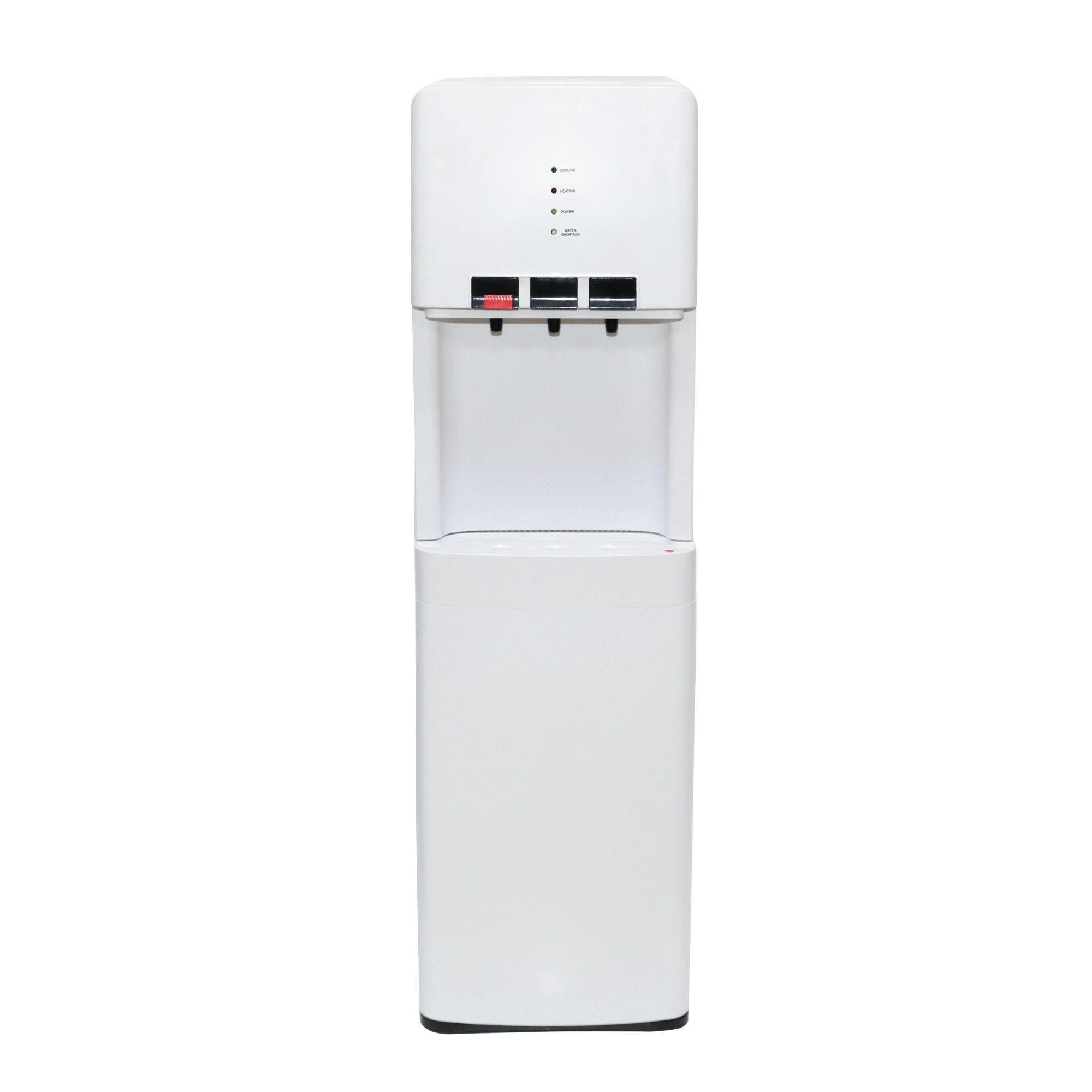
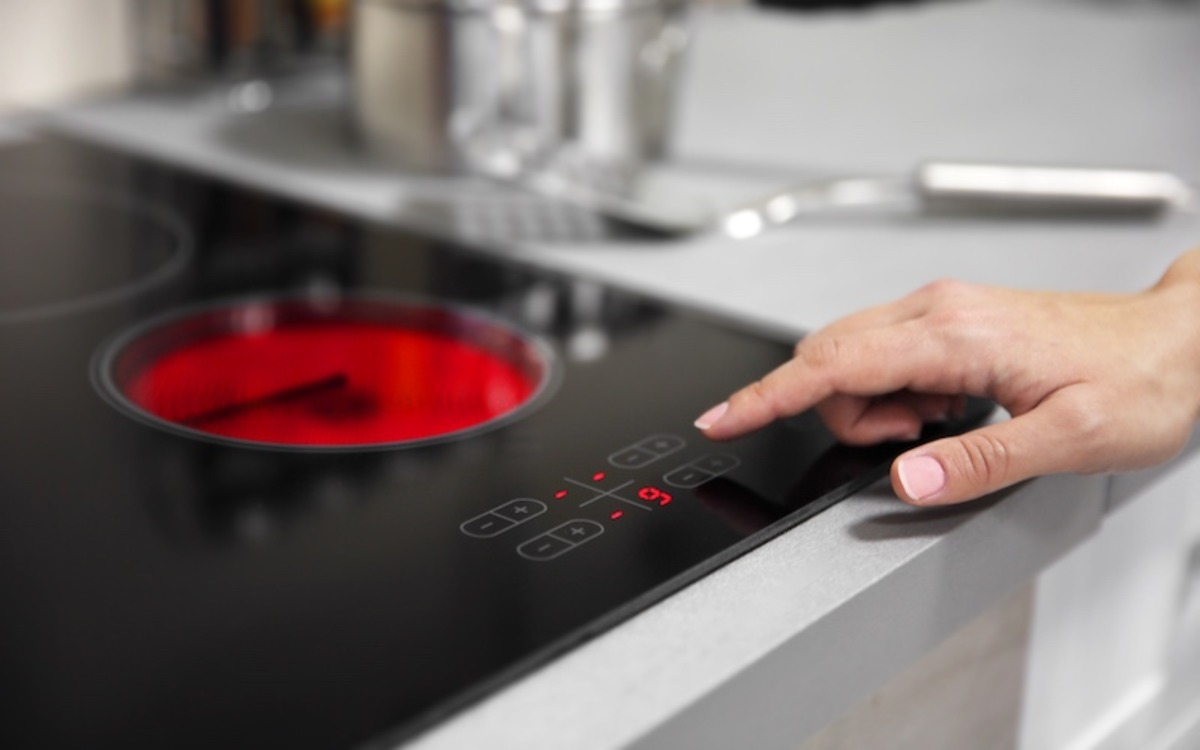
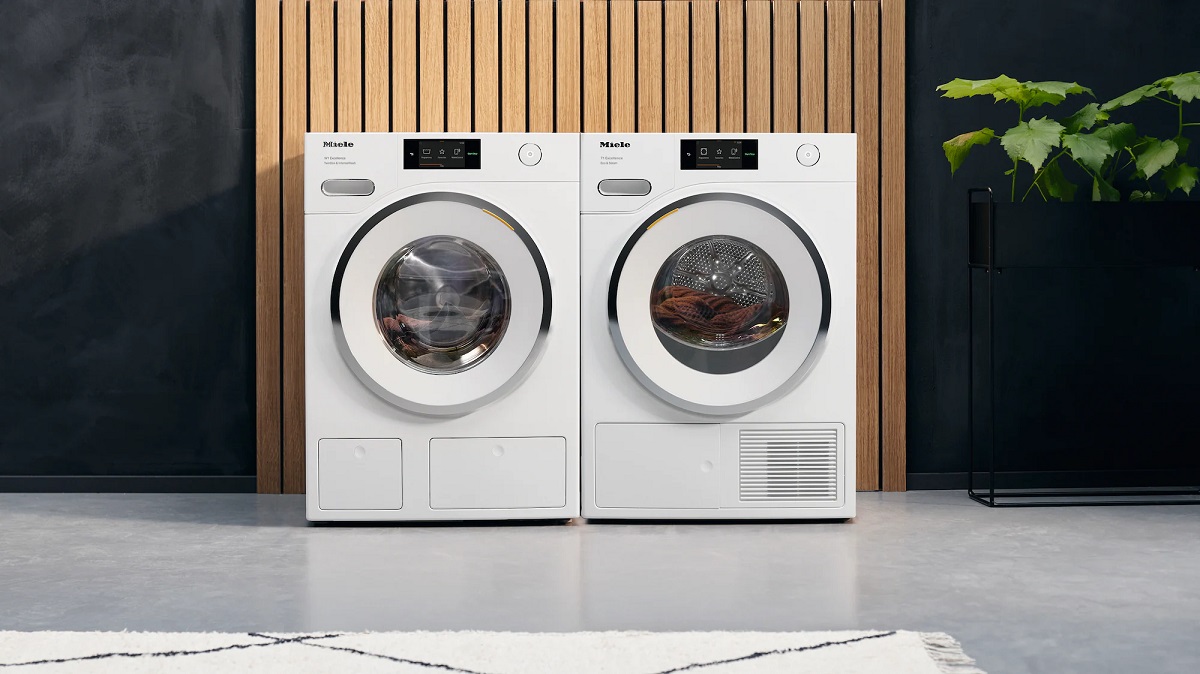
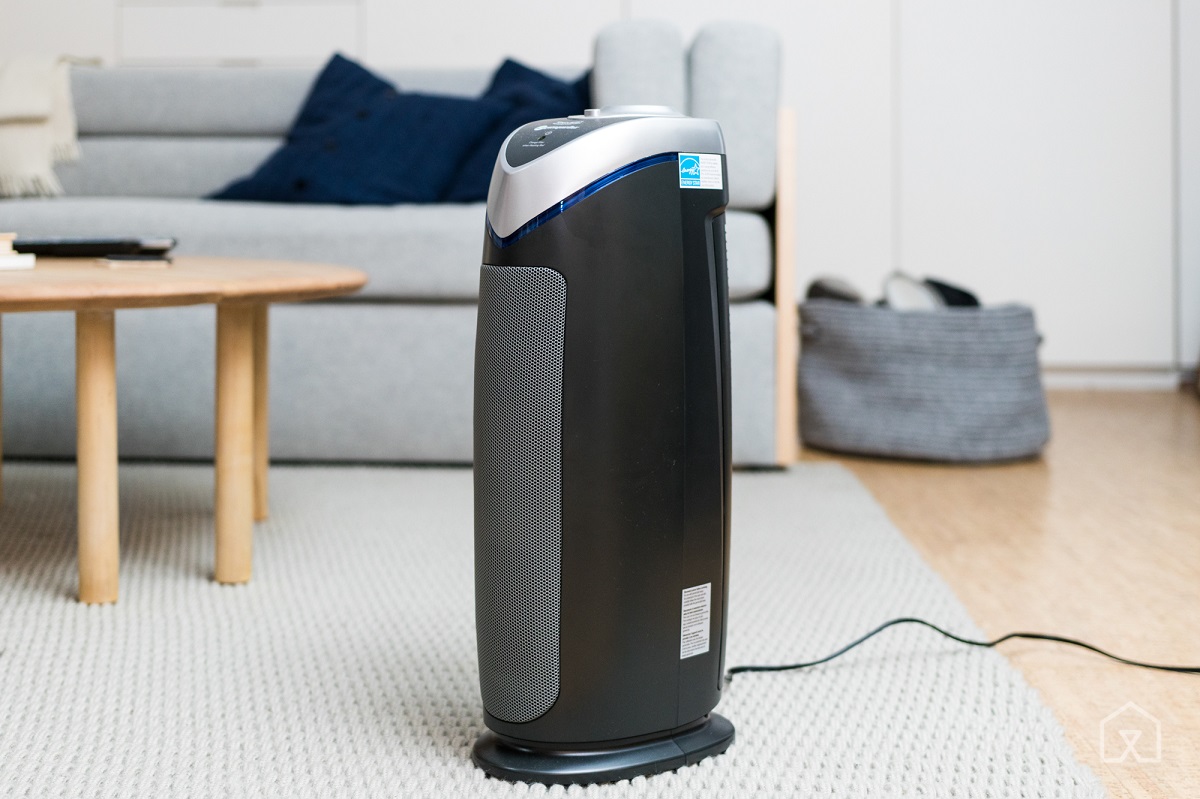
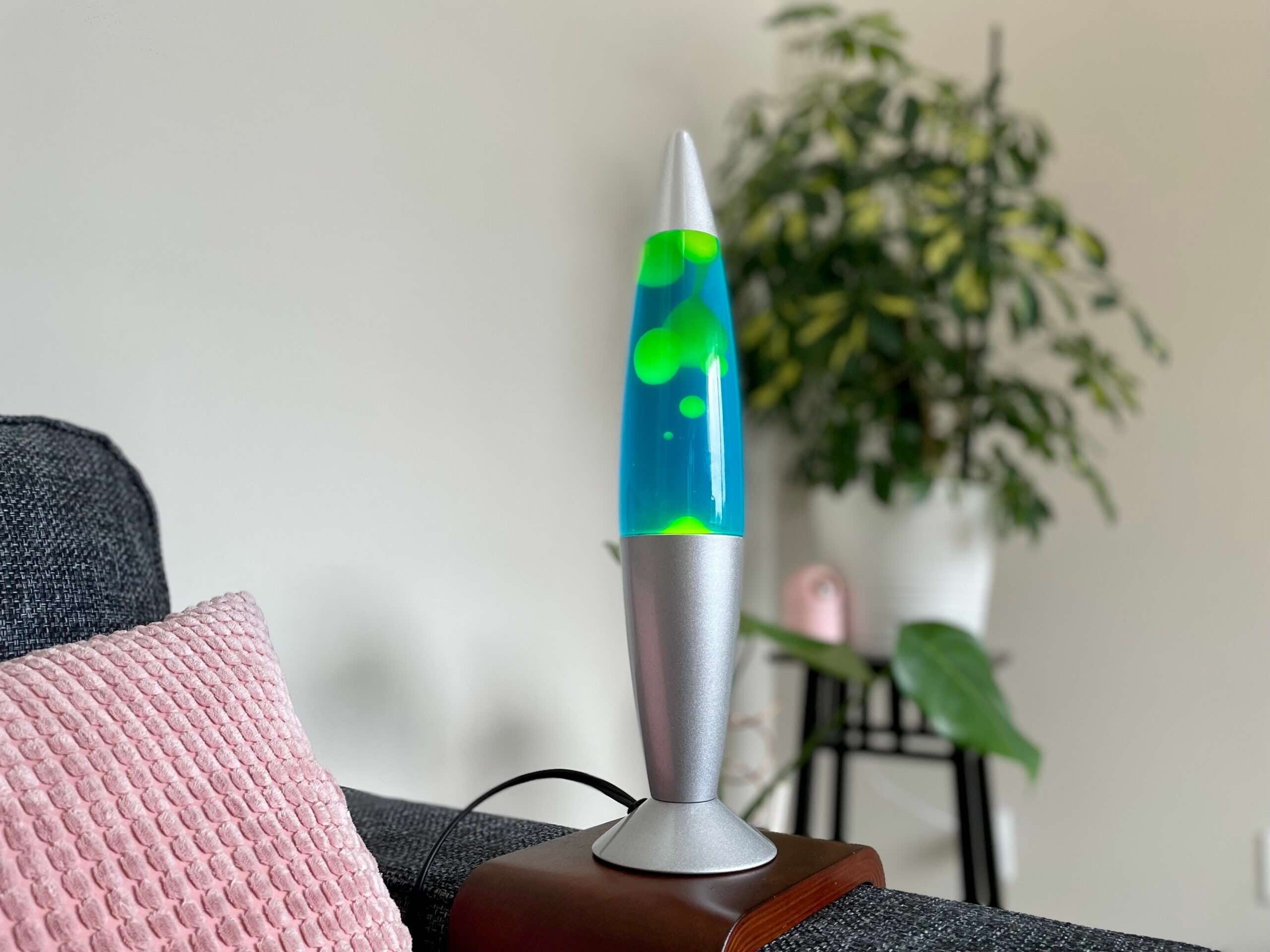
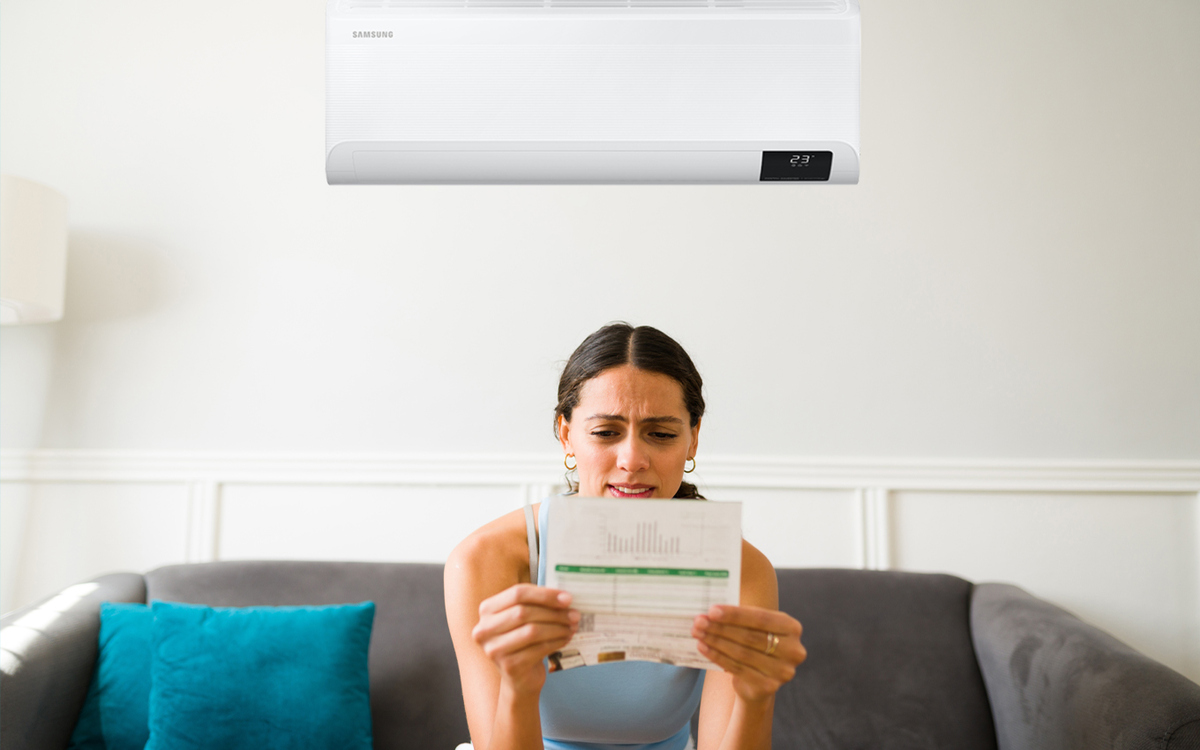

0 thoughts on “How Much Electricity Does An Electric Fireplace Use”